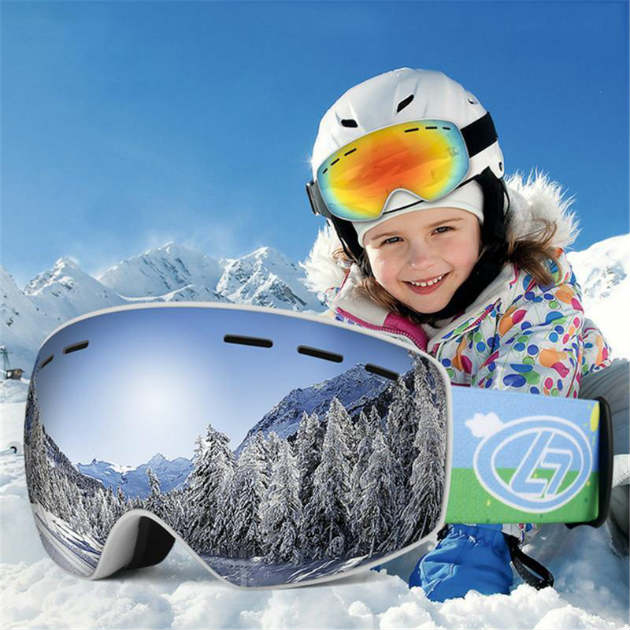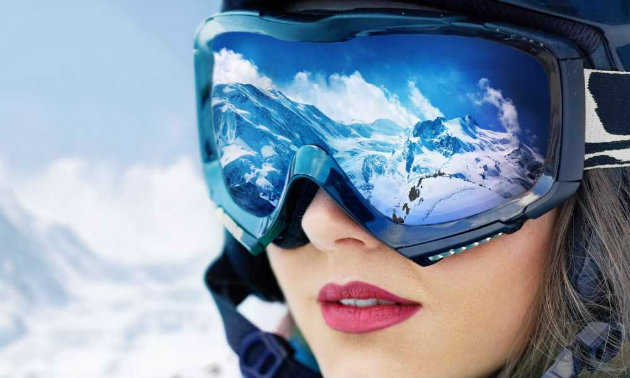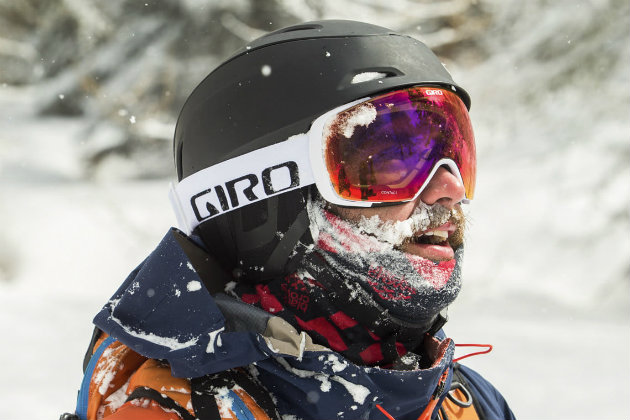The Importance of Buying the Right Snow Goggles for Your Next Getaway
Some people wrongly assume that wearing sunglasses is sufficient when enjoying winter sports. However, when engaging in a winter sporting activity such as skiing and snowboarding, nothing beats wearing the proper snow googles. It doesn’t matter whether you are a rookie or an expert in skiing or snowboarding, the right set of goggles can make a world of difference in your experience.

For starters, regular goggles don’t offer the best protection against the sun’s UV rays that bounce up from the surface of the snow. Goggles designed for snow, on the other hand, are specifically created to protect the eyes from all angles, keeping the harmful rays out both from above and below. Furthermore, the design of ski goggles ensures that they are secured to your face with an elastic strap, making them perfect when performing more demanding snow activities. The foam padding between the goggles and the face also helps prevent soft tissue damage in case of an impact.
What Snow Goggles Should I Get
You can find a wide variety of snow goggles on the market, in a diverse range of prices, styles and features. When it comes to where to buy snow goggles, I suggest you check some reputable online stores to find just the right model for you at a better price. As for which goggles to choose, some of the best features to consider is whether the goggles are comfortable, perform well in different light conditions and whether they fog up.
Here is what you need to know when shopping for your next pair.
Get the Right Lens Tint
The lens colour serves to filter and emphasize the colours in your vision. The amount of light that reaches your eyes through the lenses is called the visible light transmissions (VLT). With lighter lens tints, more light passes through the less, so they have a higher VLT. Yellow, amber, gold, green or rose-coloured lenses all offer increased VLT and are great choices for cloudy days. With dark lens tints, less light passes through the lens, which means they have a lower VLT. Gray, brown and copper-coloured lenses offer reduced VLT and thus are perfect for bluebird days. There are also goggles that come with lear lenses. They are appropriate for night skiing.

Get Ultraviolet Light Protection
Too much exposure to UV rays on a short-term basis can give you a painful sunburn on your eyes, called photokeratitis. Long-term UV rays exposure can cause permanent damage to your eyes and may lead to cataracts and other eye problems. So, make sure you choose a pair of ski goggles that block 100% of these rays, which bounce off the snow and into your eyes even on cloudy days.
Look for Good Peripheral Vision
Newer, lower-profile styles of ski goggles are known to fit better with a helmet and they sure look cooler than traditional styles with larger lenses. But if you opt for these models, make sure you have enough peripheral (side) vision – some goggles lack that. Ideally, you should be able to see 180 degrees from side to side to help you avoid bumping into other riders.
Other Features to Consider
Wider bands are more comfortable than narrower ones. Some goggle styles will have softer, more rubbery buckles that won’t dig into your scalp. Foam inserts help keep out wind, ice and dirt. The foam should be thick enough to help cushion your face if you fall, but not so dense that it contributes to fogging.

How to Keep Snow Goggles from Fogging
Fogging is a common problem with ski goggles that can easily pose a hazard while skiing. It’s generally a result of hot air and cold air coming together. To keep your goggle clear, it’s necessary to reduce the contrast in temperatures between the outside air and your face. One way to do that is not to overdress. Adding too many layers can cause your body to overheat while you’re skiing. The warmer your face is, the more likely your goggles will collect condensation as the temperature difference between the outside air and your skin will be significant. So, try to wear just enough ski clothing to stay warm but not sweat as you ski.
Another way to prevent fogging is by putting the goggles on your face before you go outside. This will put the goggles at the same temperature level as your body, thus preventing fogging. And make sure you keep the air vents on your goggles free. Remember to check the top of your goggles periodically to clear off any snow that may have accumulated and may be blocking the top vents. Proper airflow keeps fog at bay.
Never use glass cleaner to clean your snow goggles. Instead, rinse them with plain water. If necessary, use an anti-fogging cleaner or wipes. Glass cleaners can remove the anti-fogging protection on the lenses. In case your goggles come off during skiing, don’t wipe them clean. Let them dry upside down to avoid damaging the anti-fog treatment on the lenses.



